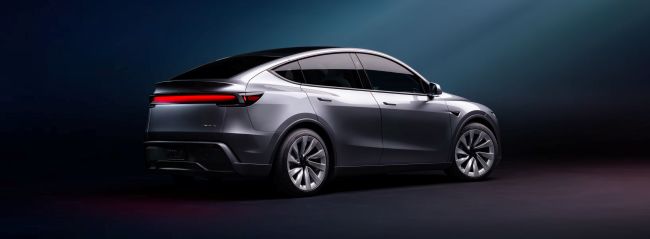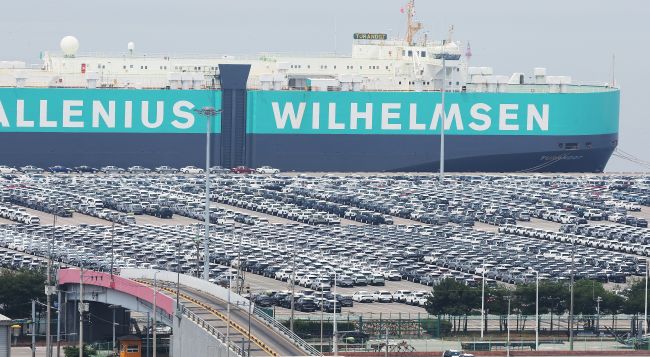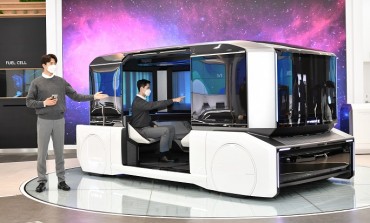
This file image shows an eco-friendly vehicle being charged and another in use. (Image courtesy of Yonhap)
SEOUL, June 17 (Korea Bizwire) — For the first time in South Korean history, eco-friendly vehicles—including electric, hybrid, and plug-in hybrid models—surpassed internal combustion engine (ICE) vehicles in domestic monthly sales, signaling a significant market shift as electric vehicle (EV) concerns begin to ease.
According to data released Tuesday by the Ministry of Trade, Industry and Energy, eco-friendly cars accounted for 51.8% of the 141,865 vehicles sold in May, with sales rising 39% year-on-year to 73,511 units. By contrast, ICE vehicle sales totaled 68,354 units (48.2%).
Hybrid vehicles led the surge with 50,614 units sold, up 31.4% from the previous year, while EV sales jumped 60.3% to 21,445. Plug-in hybrids also saw a sharp 115.9% increase. Analysts suggest this marks a recovery from the so-called “EV chasm,” a period of stalled demand driven by safety and range concerns.
Foreign automakers saw notable gains in the Korean EV market. Tesla sold 6,570 units—up 57.7%—thanks to the success of its new Model Y Juniper, which ranked fifth in overall monthly domestic sales. Chinese automaker BYD also maintained momentum, selling over 500 units for the second consecutive month with its Atto 3 model.
Imported brands overall outperformed domestic automakers in growth terms. From January through May, Hyundai and Kia saw modest year-on-year increases (6.4% and 1.6%, respectively), while Mercedes-Benz, BMW, Porsche, Lexus, and Audi recorded double-digit gains ranging from 9.6% to 43.2%.
Exports Dip Amid U.S. Tariffs, But Other Markets Offset Losses
Despite strong domestic performance, South Korea’s total automobile exports declined 4.4% year-on-year in May to $6.2 billion. The drop was primarily driven by a 27.1% plunge in exports to the United States, Korea’s largest auto export market, amid the Trump administration’s 25% tariff on imported vehicles and growing emphasis on local production.
The U.S. decline also reflects the ramp-up of local manufacturing at Hyundai’s new Meta Plant in Georgia. While exports fell, Hyundai Motor America reported an 8% rise in U.S. sales in May, reaching 84,521 units.
Outside the U.S., however, Korean auto exports flourished. Shipments to the European Union rose 28.9%, while exports to non-EU Europe, Asia, and Latin America jumped 30.9%, 45.1%, and 42.3%, respectively—helping to cushion the impact of the U.S. market decline.
Green car exports totaled 75,184 units in May, up 10.2% from the previous year. While EV exports fell 11.7% to 21,065 units, hybrid vehicle exports surged 25% to 48,758 units, with plug-in hybrids holding steady at 5,360 units.
However, automotive parts exports—also subject to the 25% U.S. tariff—dropped 9.4% year-on-year to $1.66 billion in May, contributing to a 6.3% decline for the first five months of 2025.
Domestic vehicle production in May fell 3.7% year-on-year to 358,969 units.
As South Korea navigates rapid shifts in both technology and trade policy—amid President Lee Jae-myung’s green transition agenda and escalating U.S. protectionism under President Trump’s second term—the auto industry faces both mounting challenges and transformative opportunities.
Kevin Lee (kevinlee@koreabizwire.com)








